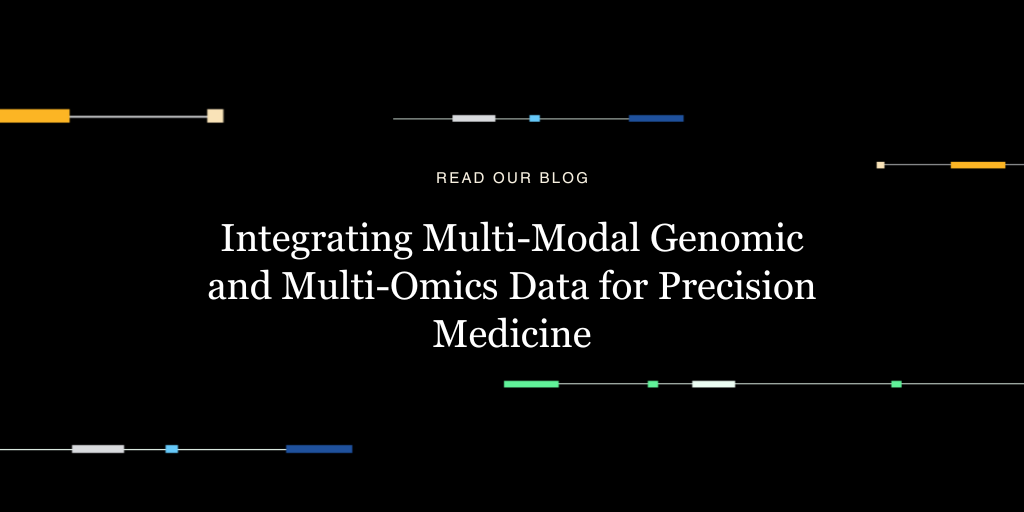The Society of Toxicology’s 51st annual meeting was held this week right in our back yard. Since I am a longtime member, I headed up to the Moscone Convention Center in San Francisco to check it out. The Annual Meeting and ToxExpo were packed; almost 7,500 people and more than 350 exhibitors.
SOT isn’t like the sequencing-focused meetings I’ve been attending since I joined DNAnexus, but it’s actually home turf for my own research background in toxicogenomics. This year’s meeting sponsors included a number of pharmas and biotechs, from Novartis and Bristol-Myers Squibb to Amgen and Syngenta. Scientific themes at the conference ranged from environmental health to clinical toxicology to regulatory science and toxicogenomics. Next-gen sequencing is still in its infancy in the world of molecular toxicology, which is still dominated by microarray expression experiments. There were very few posters showing applications of NGS data in toxicogenomics — the ones that did tended to be centered around microRNAs — but a lot of the people I had conversations with have recently started running sequencing studies to eventually retire microarray type experiments.
I found Lee Hood’s opening presentation particularly interesting because he focused on the need to combine data from various technology platforms and institutions all over the world. He talked about his P4 vision, of course — the idea that medicine going forward will have to be predictive, personalized, preventive, and participatory. He also included great gems about fostering a cross-disciplinary culture, mentioning genome sequencing of families, the human proteome, and mining genomic data together with phenotypic and clinical data.

Another exciting talk that was well received came from Joe DeRisi at the University of California, San Francisco. He presented work analyzing hundreds of honey bee samples with microarrays combined with DNA and RNA sequencing. Using an internally developed de novo assembler called PRICE (short for Paired-Read Iterative Contig Extension; freely available on his website), his team identified a number of different organisms associated with the sequence data of the honey bee samples, including different viruses, phorides, and parasites. At this moment it’s not clear what is causing the honey bee population decline; it appears that there are multiple factors contributing to the phenomenon. It is great to see that DeRisi and team will continue working in this area.
Last but not least, Scott Auerbach from the National Toxicology Program announced the release of the previously commercial toxicogenomics database DrugMatrix to the public for free (announced earlier this year, but now officially made public). With this release, DrugMatrix is now the largest scientific and freely available toxicogenomic reference database and informatics system. The data included is based on rat organ toxicogenomic profiles for 638 compounds; DrugMatrix allows an investigator to formulate a comprehensive picture of a compound’s potential for toxicity with greater efficiency than traditional methods. All of the molecular data stems from microarray experiments, but Auerbach and team are now investigating what it will take to move from microarrays to RNA-seq experiments and how to integrate the different types of data. They are currently performing a pilot on a subset of compounds with the same RNA used for the microarray experiments. Their challenge, as he sees it, lies in the interpretation and validation of the newly generated RNA-seq data: what qualifies one platform as superior to the other? Since they are interested in the biology and in generating drug classifiers, one way of looking at it is to assess which platform is the basis for better classifiers based on sensitivity and specificity thresholds. It will be interesting to see whether the RNA-seq data-based classifiers will be comparable or superior to microarray classifiers.


